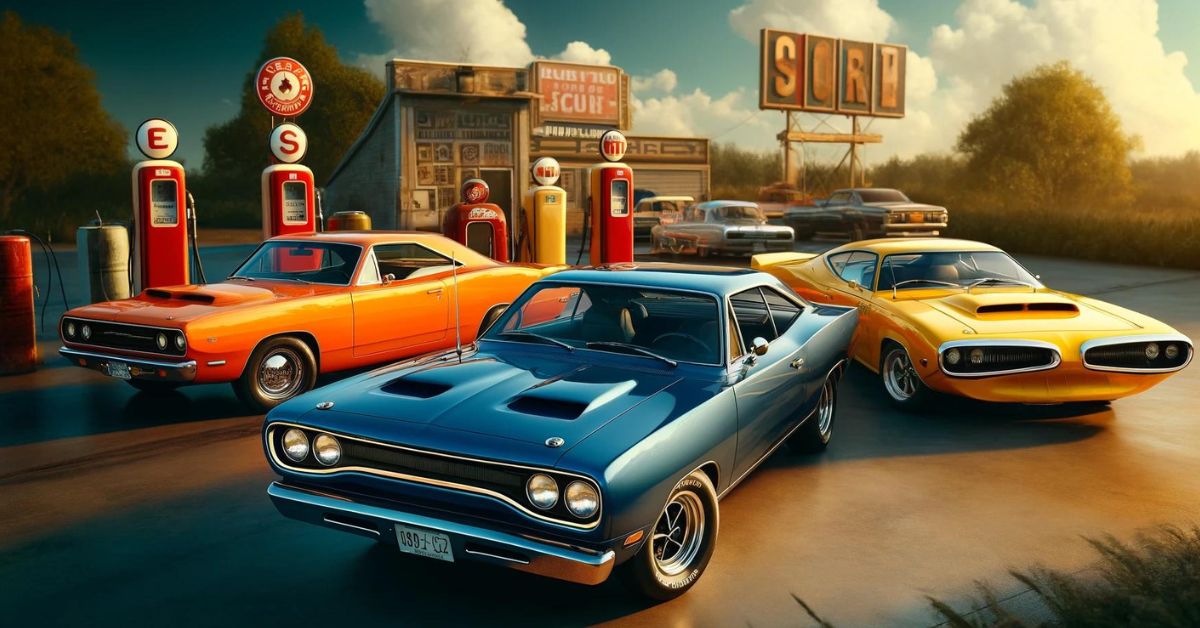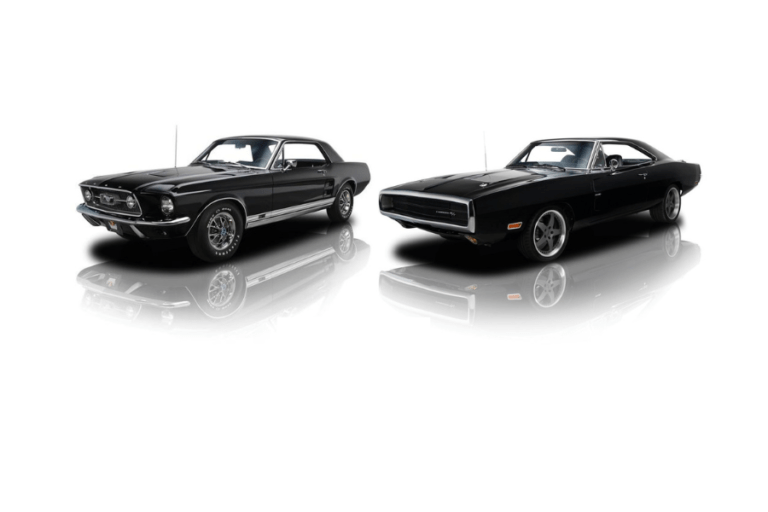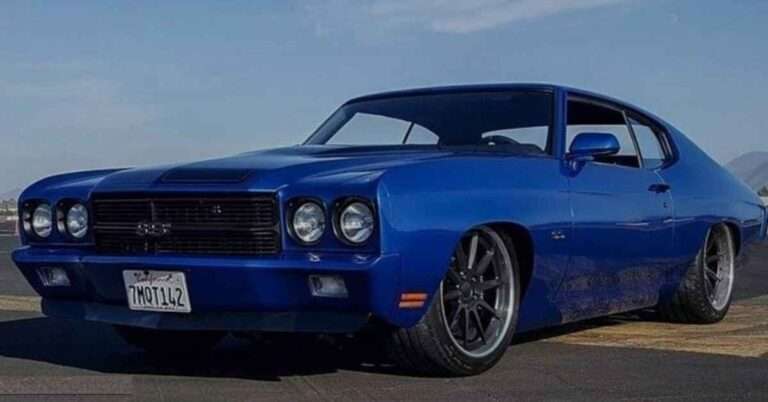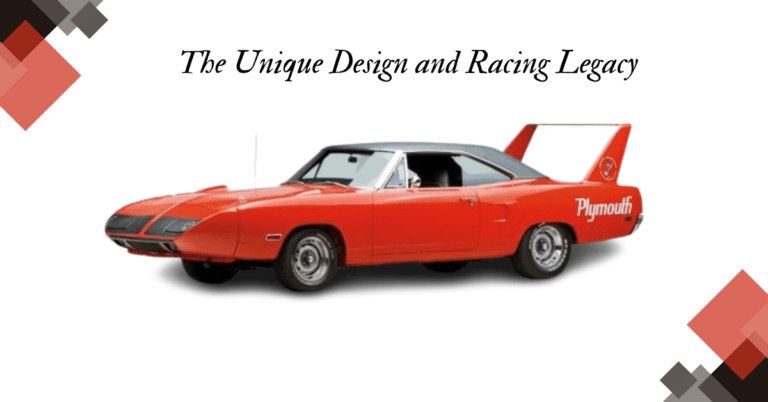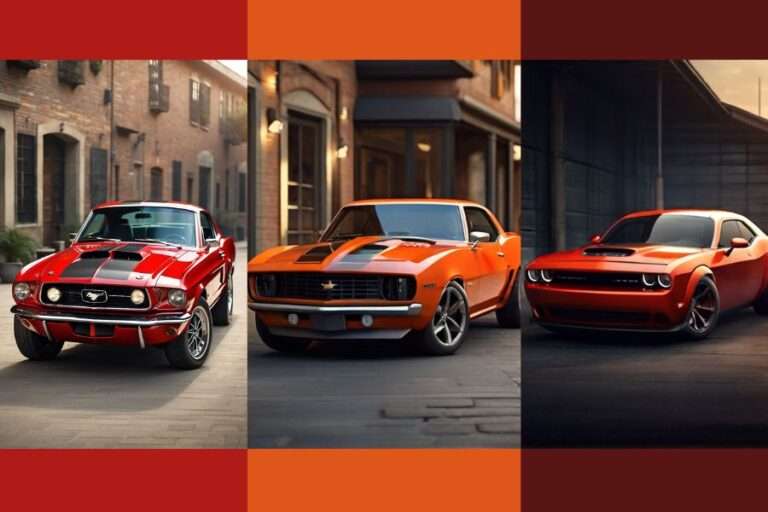Plymouth’s Legendary Muscle Cars: Icons of Power and Performance
Rev up your engines and take a trip down memory lane as we explore the roaring legacy of Plymouth muscle cars. From the budget-friendly Road Runner to the race-bred Superbird, Plymouth has left an indelible mark on the muscle car era. In this post, we’ll delve into the history and highlights of Plymouth’s iconic muscle cars. You’ll discover what made these cars so special, their key features, and their impact on the automotive world. Whether you’re a lifelong Plymouth fan or new to the muscle car scene, this journey through Plymouth’s muscle car legacy is sure to ignite your passion for classic American performance.
Plymouth and the Muscle Car Era
Plymouth, a division of the Chrysler Corporation, played a pivotal role in the muscle car era. Known for producing some of the most iconic and sought-after models, Plymouth’s contribution to the muscle car world is both significant and enduring. Here’s a closer look at some standout Plymouth muscle cars:
Plymouth Road Runner (1968-1980)

Introduced as a no-frills, budget-friendly muscle car aimed at performance enthusiasts, the Road Runner quickly became a legend. Named after the popular cartoon character, it was famous for its distinctive “beep-beep” horn.
Key Features
Initially offered with a 383 cubic inch (6.3 L) V8 engine.
Later models featured the formidable 426 Hemi and 440 Six-Pack engines.
Known for its lightweight design and strong performance.
The Road Runner was highly successful, winning Motor Trend’s Car of the Year in 1969 and solidifying Plymouth’s reputation in the muscle car market.
Plymouth GTX (1967-1971)
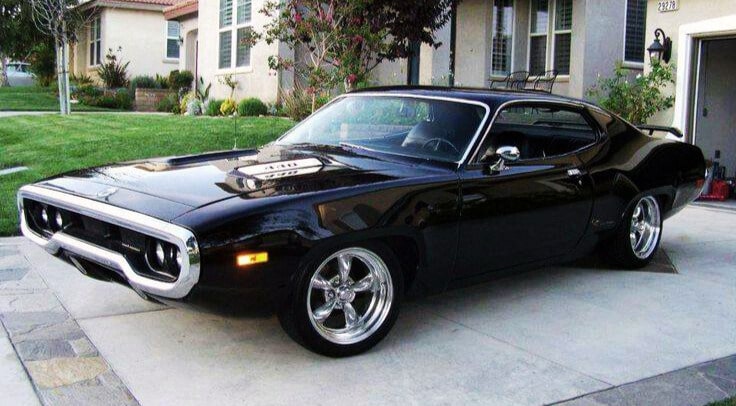
Marketed as a “gentleman’s muscle car,” the GTX combined luxury features with high performance.
Key Features
Standard 440 Super Commando V8 engine.
Optional 426 Hemi engine.
High-end interior with premium materials.
The GTX offered a blend of comfort and raw power, appealing to buyers who wanted more than just performance.
Plymouth Barracuda (1964-1974)
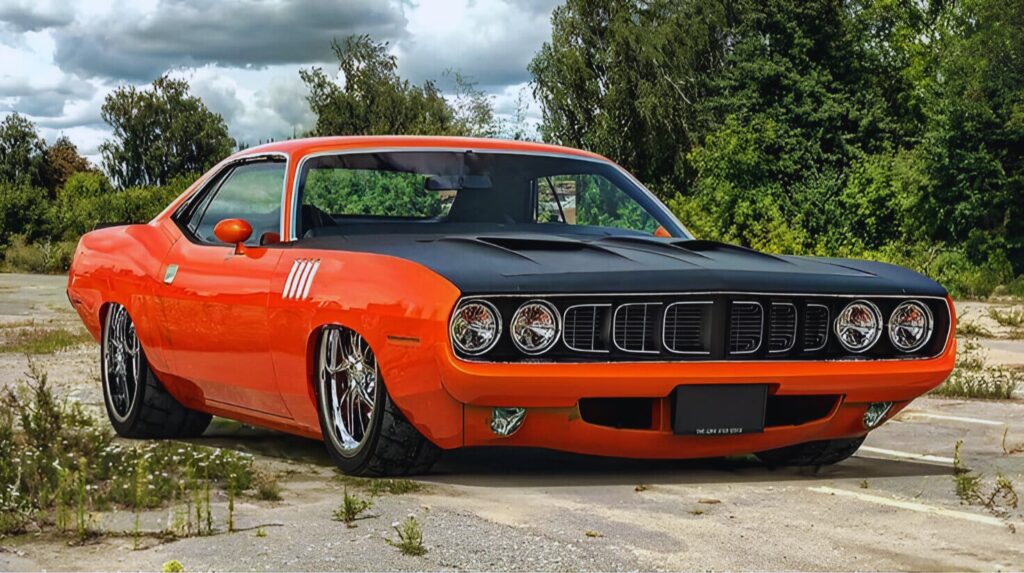
Particularly celebrated for the models produced from 1970-1974, the Barracuda, especially the ‘Cuda models, remains iconic.
Key Features
Initially available with a variety of engines, including the 340, 383, 440, and the 426 Hemi.
Distinctive fastback design in early models, with later models featuring a more aggressive and muscular appearance.
The third-generation Barracuda (1970-1974) is a staple of muscle car culture and remains highly collectible today.
Plymouth Superbird (1970)
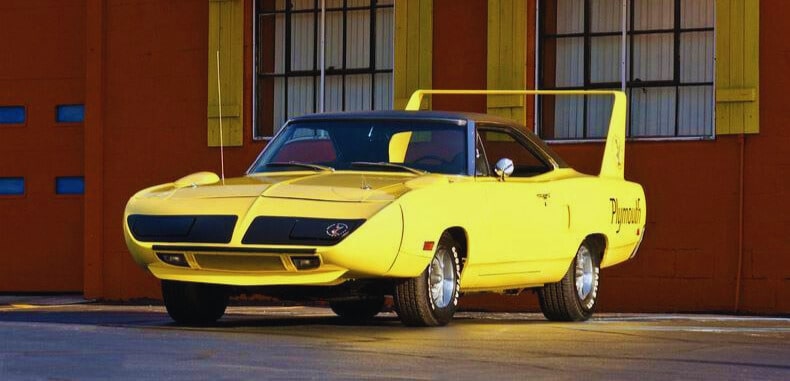
A highly modified version of the Road Runner, designed for NASCAR racing.
Key Features
Aerodynamic nose cone and towering rear wing for enhanced high-speed stability.
Standard 440 Super Commando V8, with the 426 Hemi as an option.
Though produced in limited numbers, the Superbird is one of the most recognizable and legendary muscle cars, famous for its racing pedigree and unique design.
Significance of Plymouth Muscle Cars
Plymouth muscle cars are renowned for their performance, distinctive styling, and cultural impact. They played a crucial role in the golden age of muscle cars, offering a range of models that catered to different tastes, from the budget-conscious Road Runner to the luxurious GTX and the race-bred Superbird. These cars not only competed with other American manufacturers but also left a lasting legacy that continues to be celebrated by enthusiasts and collectors today.
Detailed Exploration of Each Model
Plymouth Road Runner
Sales Figures and Popularity: The Road Runner’s initial sales numbers were impressive, with over 44,000 units sold in its debut year. Its popularity soared, with sales peaking at 84,420 units in 1969.
Performance Statistics: The 1969 Road Runner equipped with the 440 Six-Pack could accelerate from 0-60 mph in 5.5 seconds and complete the quarter-mile in 13.5 seconds at 105 mph.
Cultural Impact: The Road Runner became a cultural icon, featured in movies like “Dazed and Confused” and TV shows such as “The Dukes of Hazzard,” solidifying its place in pop culture.
Plymouth GTX
Market Positioning: The GTX was positioned as a premium muscle car, offering both luxury and performance. It was marketed as a “gentleman’s muscle car,” appealing to a more affluent demographic.
Luxury Features: The GTX boasted a high-end interior with premium materials, bucket seats, and advanced features like power windows and air conditioning, setting it apart from more utilitarian muscle cars.
Performance Stats: The 1967 GTX with the 426 Hemi engine could produce 425 horsepower, achieving a 0-60 mph time of 4.8 seconds and a quarter-mile time of 13.5 seconds.
Plymouth Barracuda
Evolution Over the Years: The Barracuda evolved significantly from its inception. The first-generation (1964-1966) featured a fastback design, while the second-generation (1967-1969) introduced a more aggressive look. The third-generation (1970-1974) is the most celebrated, with its iconic ‘Cuda models.
Key Milestones: The 1970 ‘Cuda with the 426 Hemi engine was a game-changer, producing 425 horsepower and achieving 0-60 mph in 5.6 seconds. The Barracuda also had notable success in motorsports, further cementing its legacy.
Collector’s Perspective: Today, the 1970-1974 Barracudas are highly sought after by collectors, with pristine examples fetching high prices at auctions. Recent auction results show prices reaching upwards of $3.5 million for rare Hemi ‘Cuda convertibles.
Plymouth Superbird
Racing Heritage: The Superbird was designed with NASCAR in mind, featuring aerodynamic enhancements that helped it dominate the track. It achieved legendary status when Richard Petty drove it to numerous victories.
Unique Design Elements: The Superbird’s aerodynamic nose cone and towering rear wing were not just for show—they significantly improved high-speed stability, making it a formidable competitor on the track.
Legacy: Despite its limited production run of around 1,935 units, the Superbird remains one of the most iconic muscle cars ever made. Its unique design and racing pedigree make it a favorite among collectors and enthusiasts.
Conclusion
Plymouth muscle cars are celebrated for their blend of performance, style, and cultural significance.
Each model, from the budget-friendly Road Runner to the luxurious GTX and the race-bred Superbird, has its own unique story and impact.
These cars continue to be cherished by enthusiasts and collectors, maintaining their legacy in the classic car community.
What’s your favorite Plymouth muscle car? Share your thoughts and memories in the comments below. If you enjoyed this post, don’t forget to share it with fellow muscle car enthusiasts and subscribe for more classic car content!
By exploring the rich history and enduring legacy of Plymouth muscle cars, we pay homage to an era when American automotive ingenuity was at its peak. These cars not only shaped the muscle car landscape but also left an indelible mark on the hearts of car enthusiasts everywhere.

